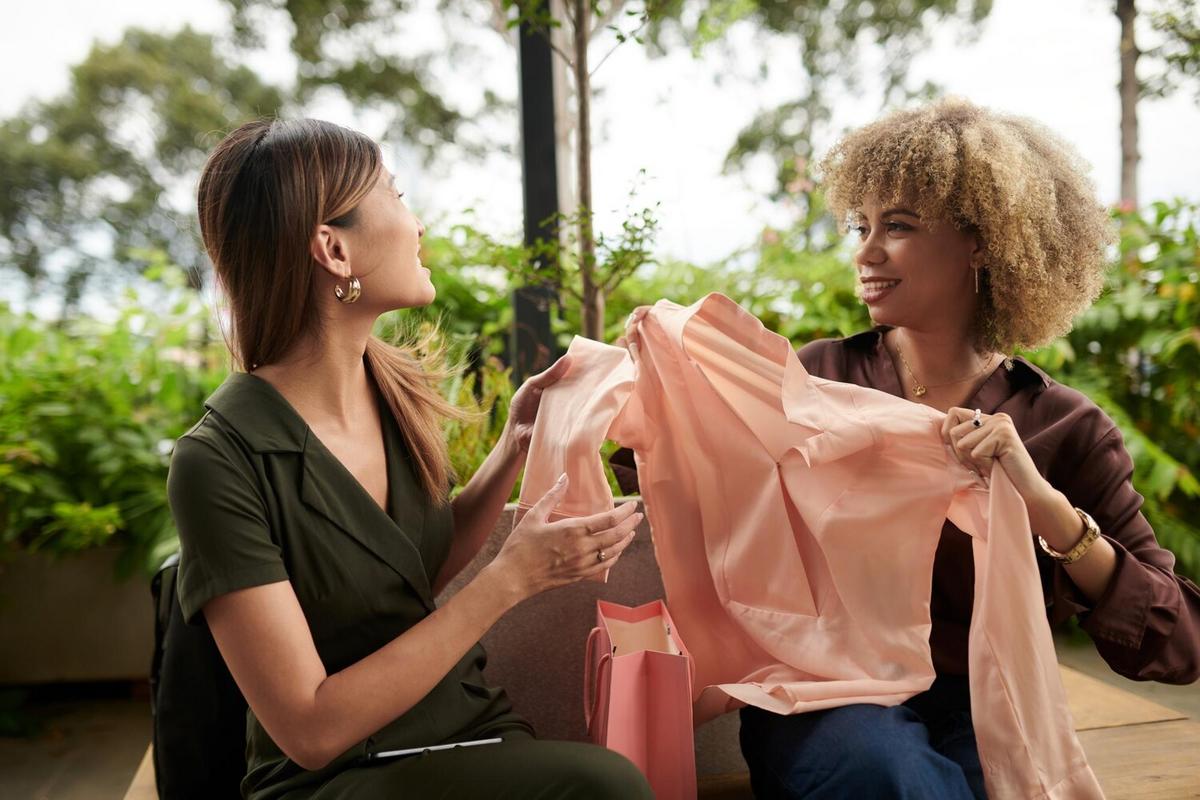Sustainable fashion is not just a trend; it’s a movement that’s reshaping the way we think about our wardrobes and the impact our clothing choices have on the environment. As consumers become more eco-conscious, the demand for sustainable fashion is growing, making it essential to stay informed about the latest trends and practices in this evolving industry.
Understanding Sustainable Fashion
Sustainable fashion refers to clothing that is designed, manufactured, distributed, and used in ways that are environmentally friendly. This includes using eco-friendly materials, reducing waste, and ensuring fair labor practices.
Expert Opinions
“Sustainable fashion is about more than just organic cotton. It’s about changing the entire lifecycle of a garment,” says Jane Smith, a sustainable fashion consultant.
Relevant Statistics
According to a report by the Ellen MacArthur Foundation, the fashion industry is responsible for 10% of global carbon emissions. Additionally, the average American throws away around 80 pounds of clothing each year.
Sustainable Materials
Choosing the right materials is a crucial aspect of sustainable fashion. Here are some popular eco-friendly materials:
- Organic Cotton: Grown without harmful pesticides or fertilizers.
- Bamboo: A fast-growing plant that requires minimal resources.
- Recycled Fabrics: Made from recycled plastic bottles or old garments.
- Hemp: Requires less water and pesticides compared to conventional cotton.
Personal Anecdotes
I remember the first time I switched to a sustainable wardrobe. It was daunting at first, but the sense of contributing to a healthier planet was incredibly rewarding. I started by swapping my regular cotton T-shirts for organic cotton ones and gradually moved to other sustainable options.
Actionable Tips for Embracing Sustainable Fashion
- Invest in Quality: Choose well-made garments that last longer.
- Buy Second-Hand: Thrift stores and consignment shops are treasure troves for unique, sustainable finds.
- Care for Your Clothes: Proper washing and storage can extend the life of your garments.
- Support Ethical Brands: Look for brands that prioritize sustainability and fair labor practices.
Comparison Table of Sustainable Materials
| Material | Benefits | Drawbacks |
|---|---|---|
| Organic Cotton | Eco-friendly, soft, breathable | Higher cost |
| Bamboo | Fast-growing, minimal resources | Potential for chemical processing |
| Recycled Fabrics | Reduces waste, reuses materials | May not be as durable |
| Hemp | Low water use, durable | Rough texture |
FAQs about Sustainable Fashion
Frequently Asked Questions
What is sustainable fashion?
Sustainable fashion refers to clothing that is designed, manufactured, distributed, and used in ways that are environmentally friendly and socially responsible.
Why is sustainable fashion important?
Sustainable fashion is important because it reduces the environmental impact of the fashion industry and promotes ethical labor practices.
How can I start a sustainable wardrobe?
You can start by investing in quality pieces, buying second-hand, and supporting brands that prioritize sustainability.
Are sustainable clothes more expensive?
While sustainable clothes can be more expensive upfront, they often last longer, making them more cost-effective in the long run.
Pro Tip: Always check the labels for certifications like GOTS (Global Organic Textile Standard) and Fair Trade to ensure the clothing is genuinely sustainable.
Conclusion
Sustainable fashion is more than a fleeting trend; it’s a necessary shift towards a more eco-friendly and ethical way of dressing. By understanding sustainable materials, supporting ethical brands, and making mindful choices, you can contribute to a healthier planet. Start small, stay informed, and make a difference with every garment you choose.




Leave a Reply